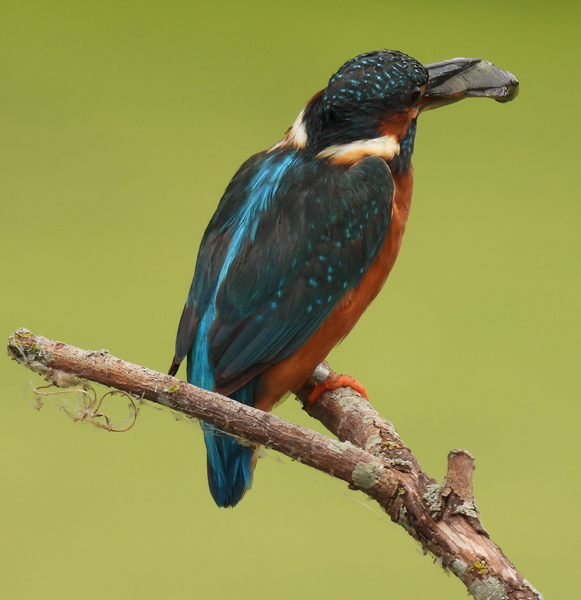Our thanks to model collector and keen bird watcher Elizabeth who sent into Everything Dinosaur a fantastic photograph of a Kingfisher with its lunch. The lack of rainfall in most areas of the UK in recent months has led to water levels in rivers and lakes dropping. This has concentrated fish (the preferred prey of the Kingfisher), into ever decreasing pools and fish-eaters such as the beautiful Kingfisher have been taking advantage of the easier access to prey.

The drought could have long-term implications for local Kingfisher populations, particularly if ponds and other water sources dry up. Team members at Everything Dinosaur do occasionally catch the glimpse of a pair of iridescent wings, or a splash of orange colour, as they walk along the canal and the river on their way to work. There are Kingfishers in our neighbourhood, but these short-lived birds are notoriously difficult to spot.
Our thanks to Elizabeth for sending in her superb photograph. We think this might be a male. Female Kingfishers have an orange/pinkish tinge to their lower beak. In contrast, the males tend to have black beaks. A tip to help you remember the difference between male and female Kingfishers is to think of the female birds wearing pink lipstick on their lower mandibles.
It is a superb, close-up view of one of our country’s most colourful birds.






Leave A Comment